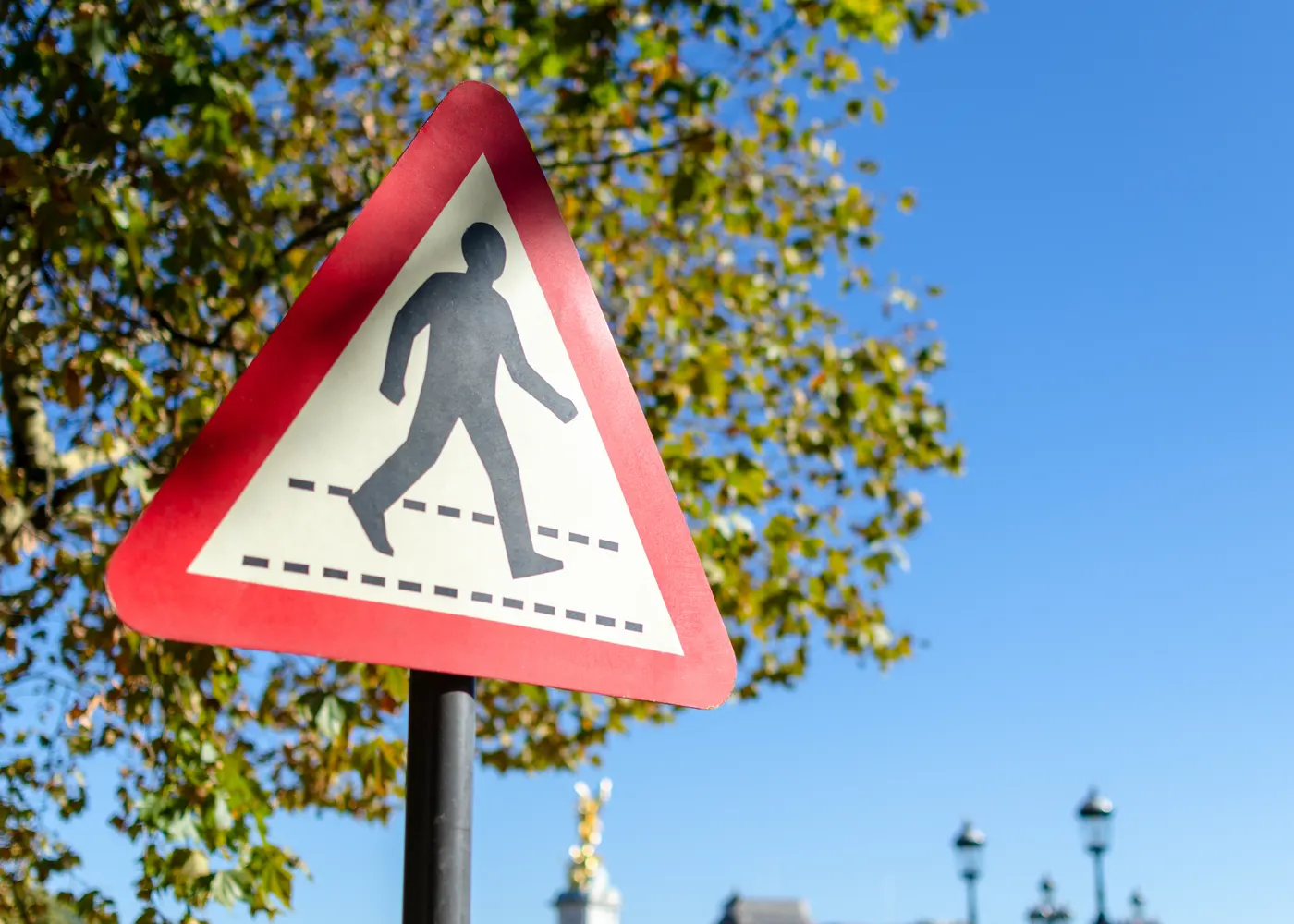S h a r e
Highway Code changes represent the biggest shake-up in a generation


Posted by
Kevin Blackmore
March 2022
Company drivers need to be aware of major changes to the Highway Code, which prioritises vulnerable road users, including pedestrians, cyclists and horse riders, and seeks to improve their safety.
Fleet managers may need to inform their drivers of the rule changes, which came in from the end of January, and that they could face fines, penalty points on their licence or even disqualification and imprisonment if they fail to follow them.
The Highway Code sets out information, advice, guides and mandatory rules for road users in the UK, and the changes represent the biggest shake-up in a generation.
What has changed?
Previously, the Highway Code advised all road users to be considerate towards each other, applying the principle to pedestrians and drivers equally.
However, the changes now establish a new hierarchy of road users and places the greatest responsibility on those who can do the greatest harm, with the aim to reduce danger to others in a move designed to protect the most vulnerable.
The new rules apply most strongly to drivers of heavy goods vehicles and passenger vehicles, vans, minibuses, cars and motorcycles. Likewise, cyclists, horse riders and drivers of a horse-drawn vehicle have a greater responsibility to reduce dangers posed to pedestrians.
New rules at junctions
Currently, road users should only give way to pedestrians who have started to cross the road into which they are turning.
Now, new Rule H2 says priority should be given to pedestrians who are waiting to cross the road as well. As a result, where a driver is looking to turn into a road and a pedestrian is waiting to cross, the rule says they should now give way.
Campaigners have long argued that too many deaths and life-changing injuries are the result of vehicles turning across the paths of cyclists at junctions.
New Rule H3 is designed to protect cyclists from this happening, as it sets out that when turning into or out of a junction, drivers should not cut across the path of any other road user, including cyclists, horse riders or horse-drawn vehicles. This also includes where there is a cycle lane at the nearside.
Road users are therefore expected to stop and wait for a safe gap before beginning their manoeuvre. Drivers are tasked with not turning at junctions if it would cause someone going straight ahead to stop or swerve.
Rules on safe passing distances
Cars, vans or lorries that pass by too close represent a serious danger to the most vulnerable road users. Rule 163 now prescribes safe passing distances for drivers when overtaking cyclists, motorcyclists, horse riders and horse-drawn vehicles.
This includes leaving at least a 1.5-metre space when overtaking a cyclist at speeds of up to 30mph. More space is expected when overtaking at speeds in excess of 30mph.
When passing a pedestrian walking in the road, drivers are expected to allow at least 2.0 metres of space and maintain a low speed, with extra care in poor weather.
The guidance also sets out that drivers should not overtake if it is not possible to meet the clearances set out.
In addition, the new Rule 72 establishes the right for cyclists to ride in the centre of their lane, to ensure that they remain visible. Cyclists are now only expected to move to the left to allow faster vehicles to overtake when it is safe for them to do so.
The guidance also says that at junctions or on narrow roads, cyclists can maintain their central position where it would be unsafe for a driver to overtake.
Rule 213 has also been changed to say that on narrow roads, horse riders may ride in the centre of the lane and drivers should allow them to do so for their own safety, to ensure they can see and be seen.
Passing parked vehicles and the ‘Dutch Reach’
When cycling by parked vehicles, the risk of doors being opened into a cyclist’s path is a real danger and a common cause of collision. Previously, the Highway Code had warned only for cyclists to watch out for doors being opened.
Rule 67 has now been revised to provide guidance on the safe distance to pass parked vehicles and suggests leaving a door’s width or one metre when doing so.
For those opening the doors of parked vehicles, Rule 239 has also been updated to include what is known as the ‘Dutch Reach’.
This means that the driver should only open the vehicle door using the hand on the opposite side to the door they are opening – the ‘Dutch Reach’.
If you are in the driver’s seat, you should use your left hand to open the door, thereby forcing you to turn your body and your head, and better enabling you to check over your shoulder and your blind spot. This allows drivers to check whether it is safe to open their door, reducing the chance of opening it into the path of a passing cyclist or other road users.
View a summary of the Highway Code changes. An electronic version of The Highway Code is available to review on the GOV.UK website.
You also might like…
If you liked this article then check out our posts about similar topics
Eurocell adds huge van order to fleet following advice from Fleet Alliance
Eurocell, the UK's leading upvc window, door and conservatory manufacturer and distributor, has replaced a large proport...
Fleet Alliance archives Intelligent Car Leasing brand to focus on core fleet business
Fleet Alliance has discontinued its Intelligent Car Leasing brand, which specialised in consumer leasing The Glasgow ...
JG Pest Control updates fleet with new Peugeot Partners from Fleet Alliance
JG Pest Control, one of the country’s leading pest control operators, has updated its fleet thanks to a new batch of P...
Warp Snacks opts for EV salary sacrifice scheme with Fleet Alliance
Healthy snacks manufacturer Warp Snacks, has introduced an electric car salary sacrifice scheme for staff in conjunction...
Chancellor cuts National Insurance, extends fuel duty freeze and fully expenses leased assets
In the last Budget before the General Election, Chancellor Jeremy Hunt unveiled a series of headline-grabbing initiative...
2024 will be the year of the EV with greater supply and lower prices, says Fleet Alliance
2024 will be the year that companies look to accelerate down the electrification route, as they seek to meet their own E...
Automotive transmission specialist Xtrac opts for EV salary sacrifice scheme from Fleet Alliance
Xtrac, the world’s leading supplier of high-performance transmissions for top level motorsport and high-performance au...
Fleet Alliance reports strong uptake in EV salary sacrifice
Increasing numbers of businesses are adding the employee benefit of leasing an EV through a salary sacrifice scheme to t...
Ready to make the management of your fleet more efficient?
Request a call back
